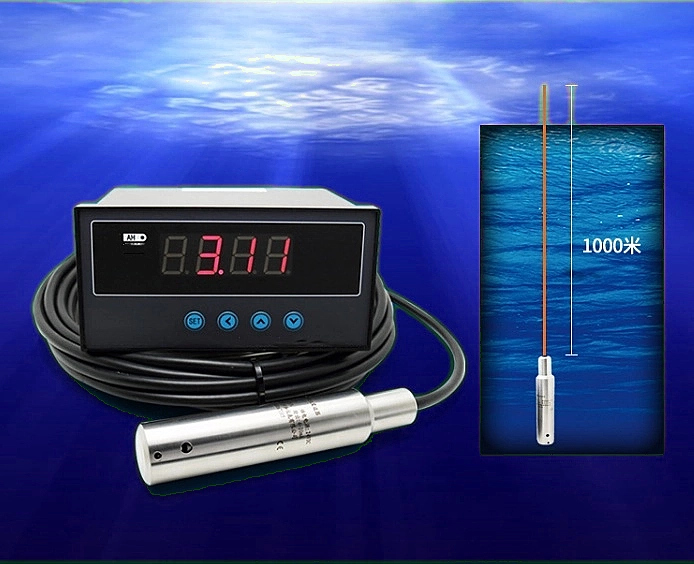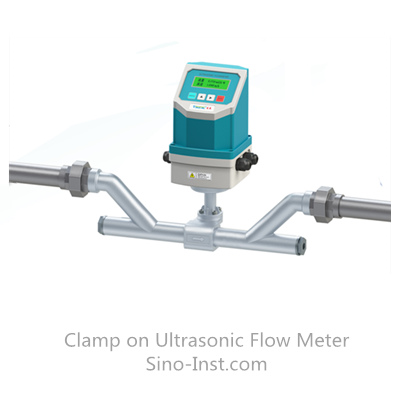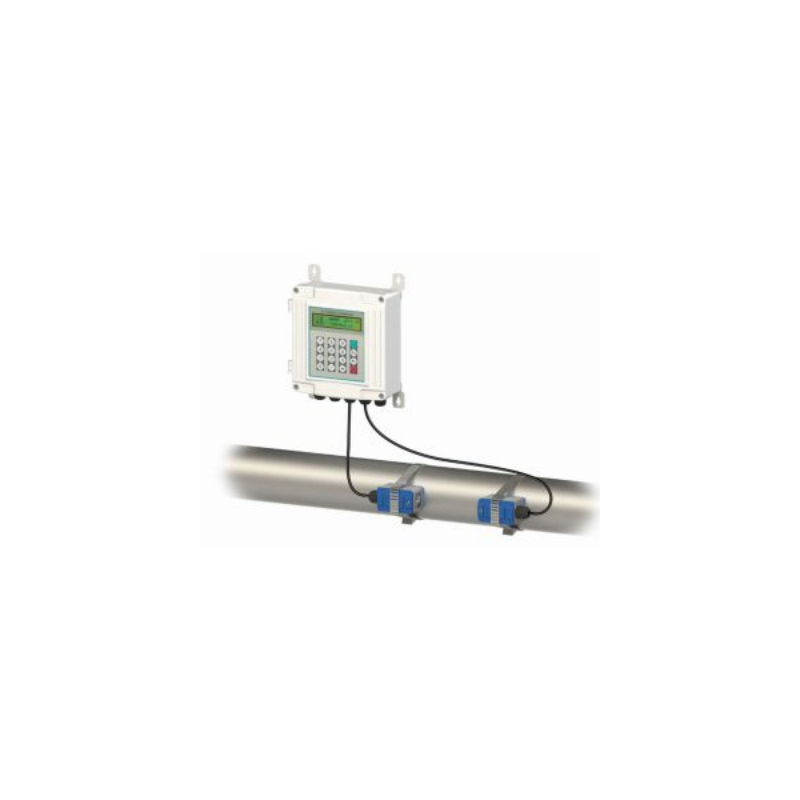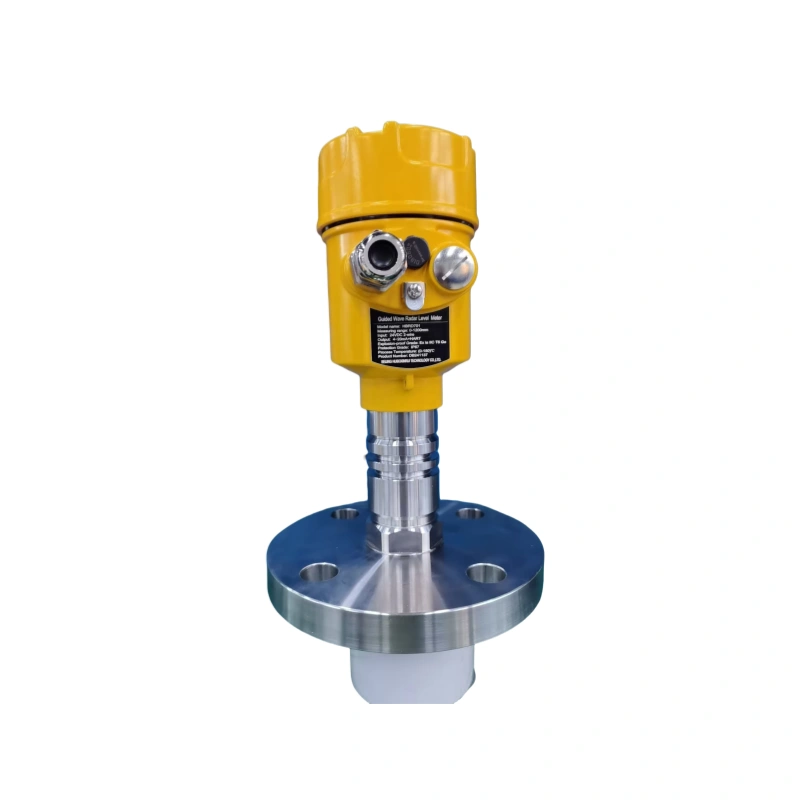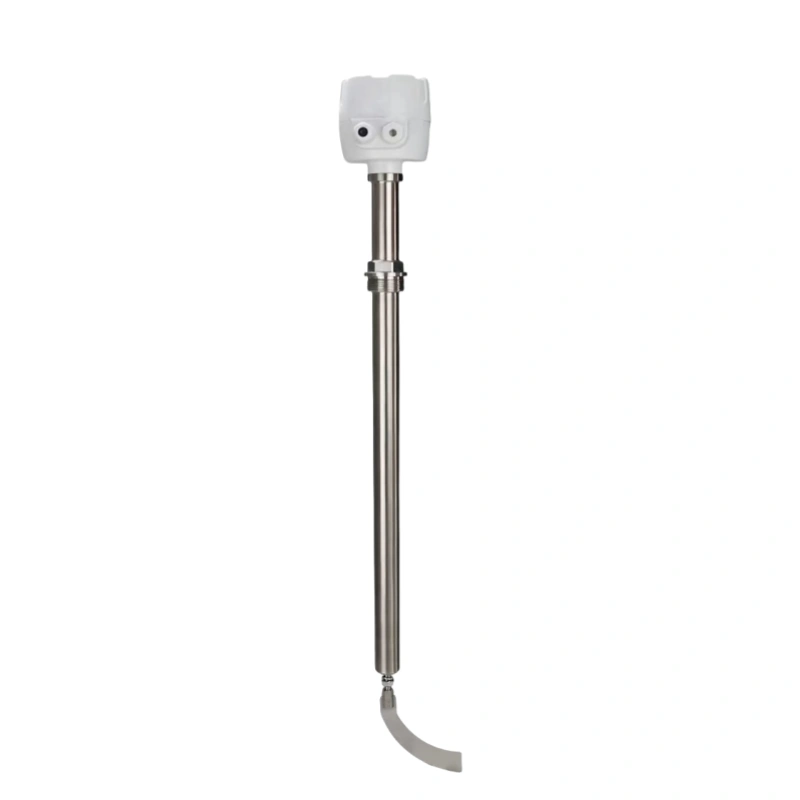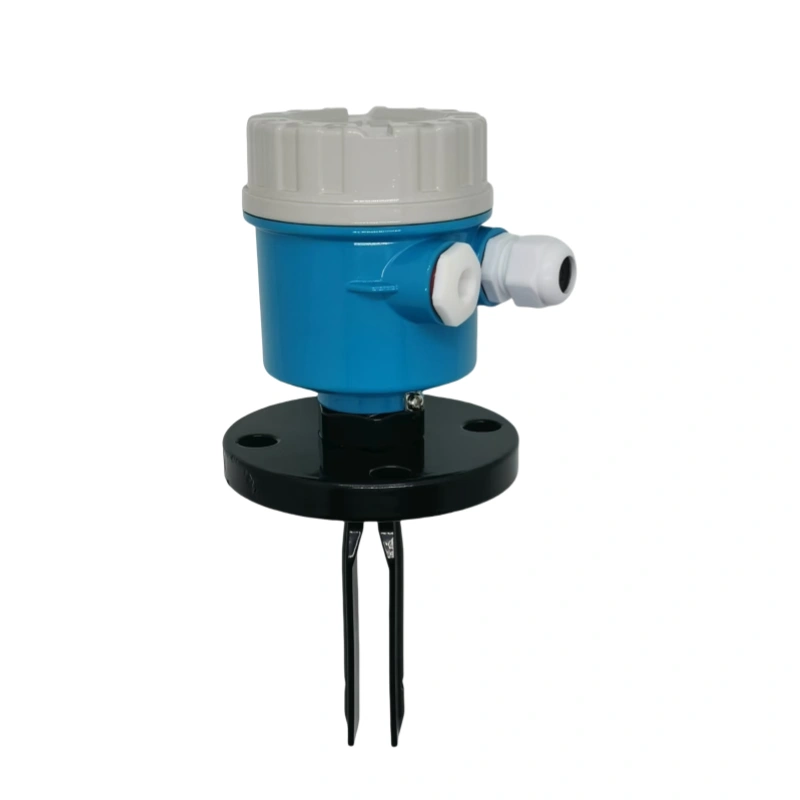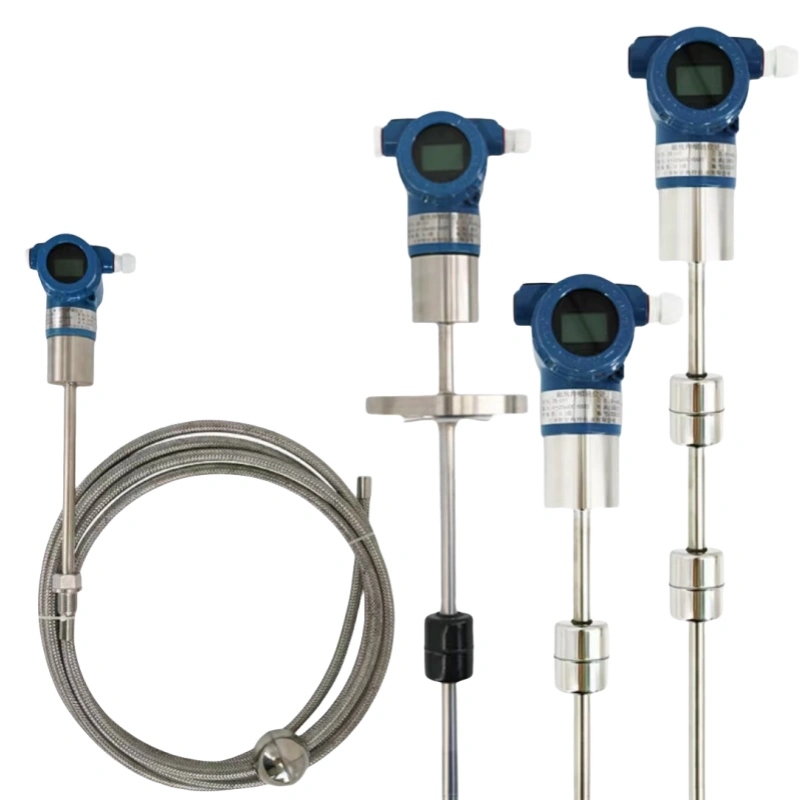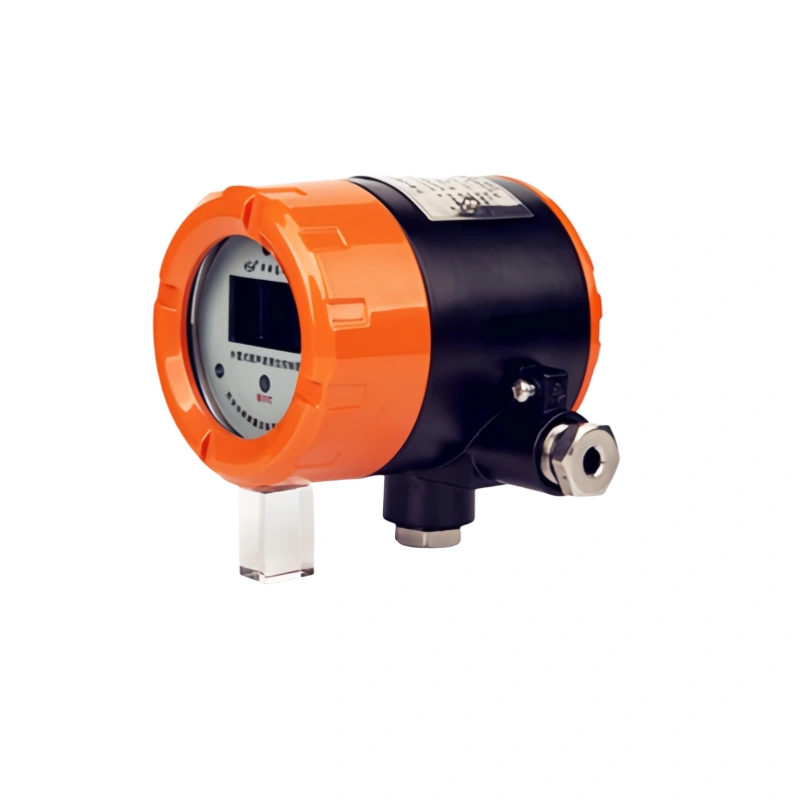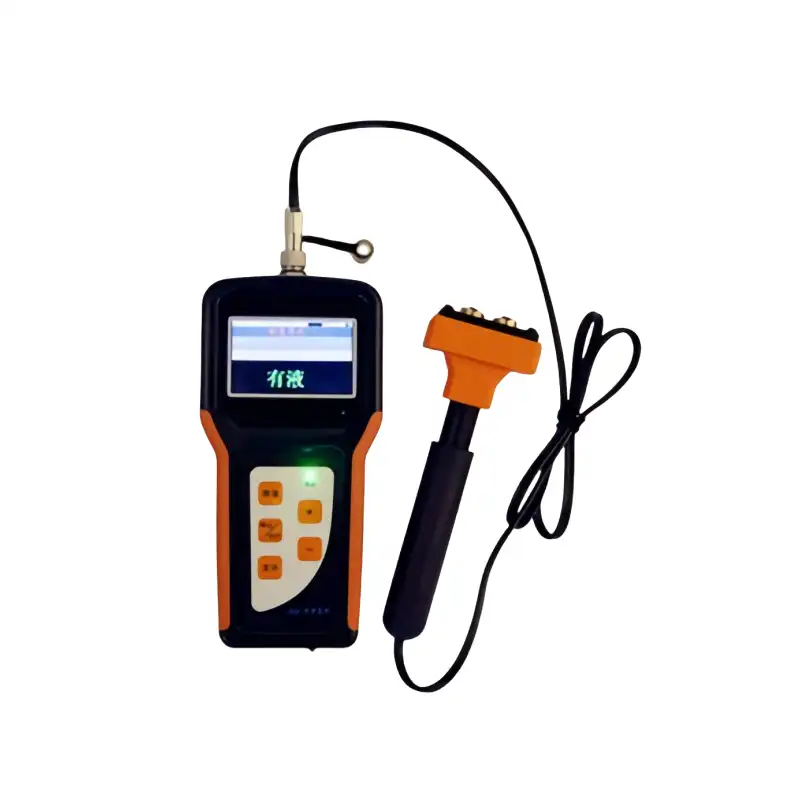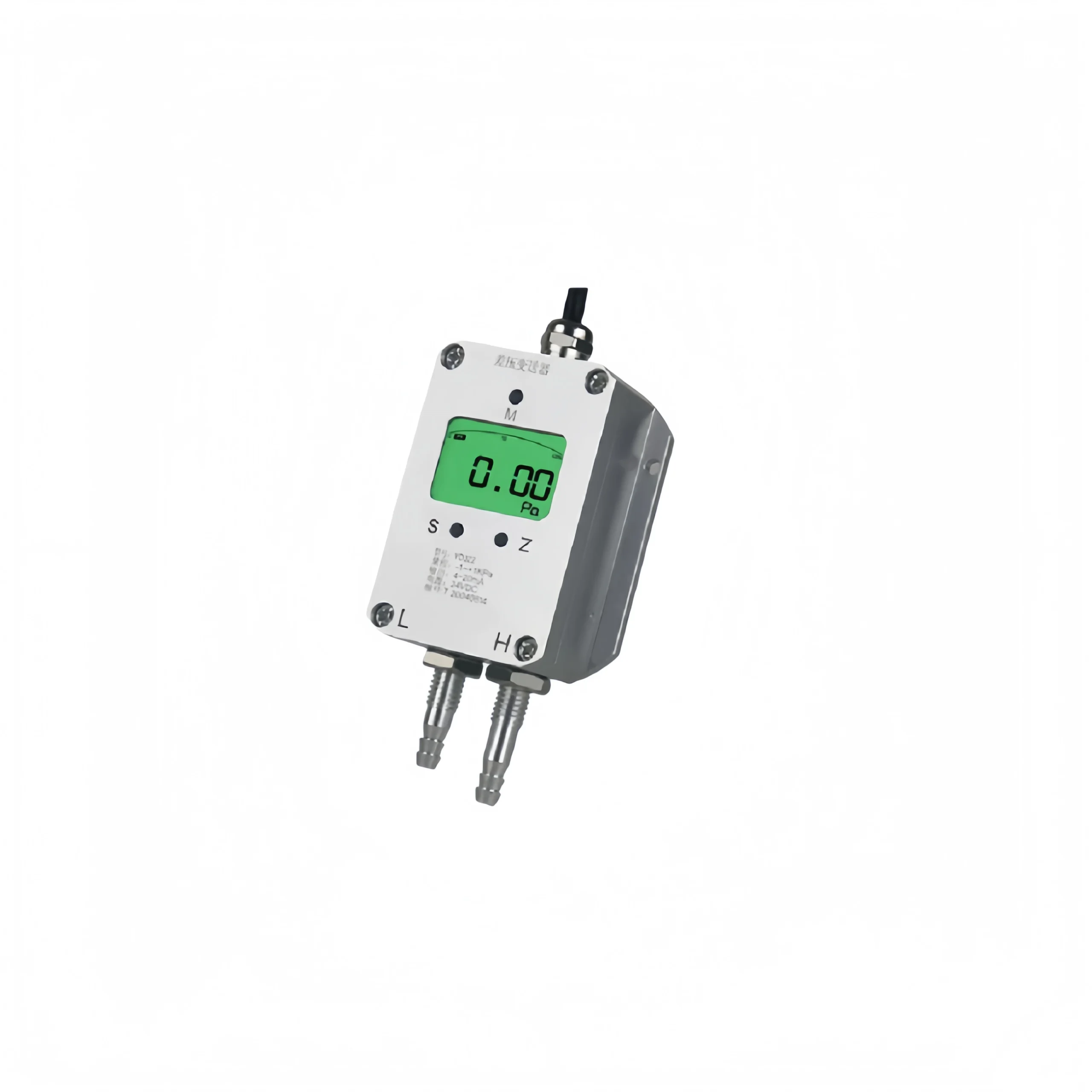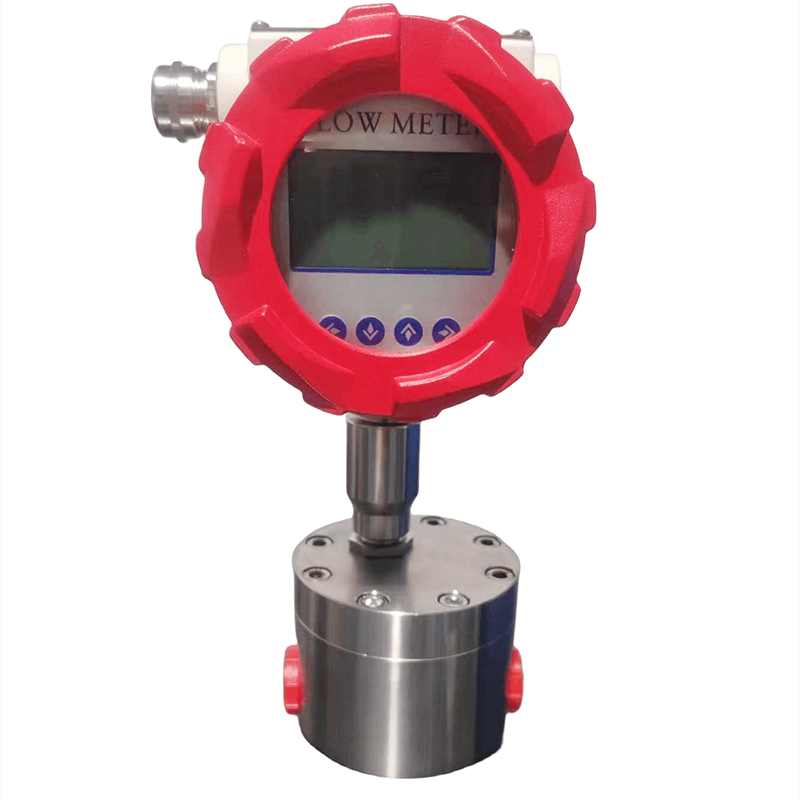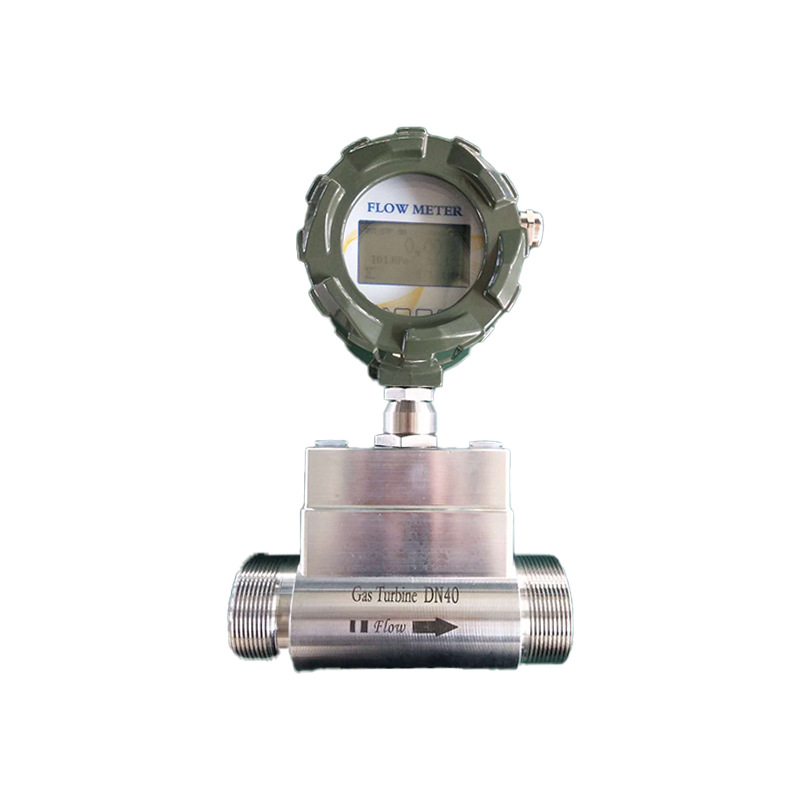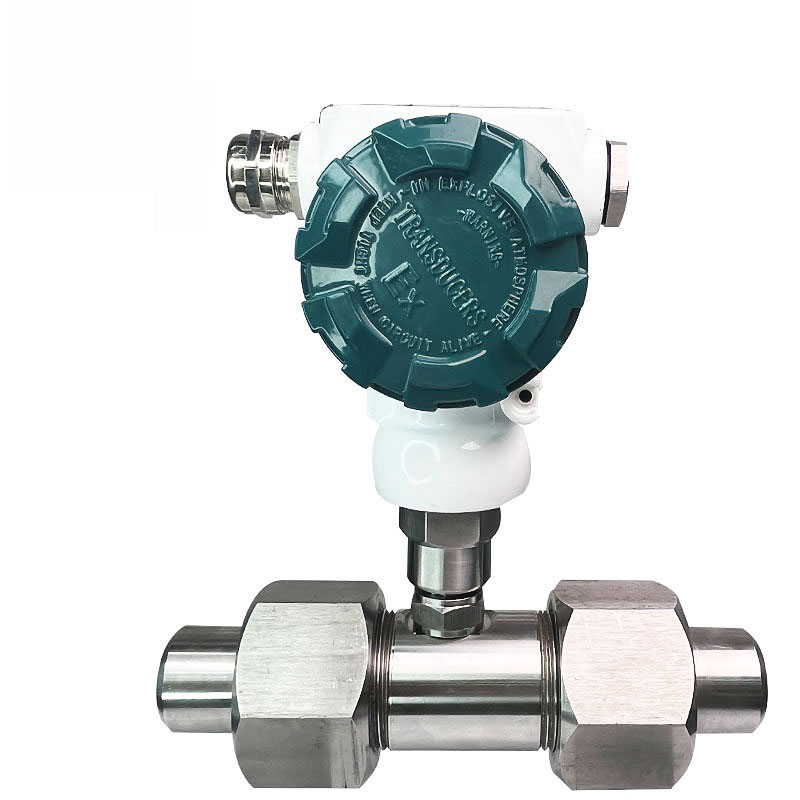How Do You Measure Oil Flow?
How to measure the flow rate of PetroChina and other high viscosity liquids in the industry? Usually we choose to install a dedicated flow meter in the pipeline to measure flow, flow rate, etc.
For oily media and viscous liquids, you can choose different principles and types of flow meters. Including mechanical flow meter, ultrasonic flow meter and differential pressure flow meter. There is also a positive displacement flow meter, which has an absolute advantage in measuring viscous media flow.
What Is an Oil Flow Meter?
Oil flow meters are a type of instrument specially used to measure the flow rate of oil media. Including common fuel media, lubricating oil, hydraulic oil, etc.
Flow meters ensure accurate billing and improve process efficiency by measuring different types of oil flow. Especially plays a crucial role in the oil industry. They help maintain safety standards, control product quality and manage resources in a variety of industrial applications.
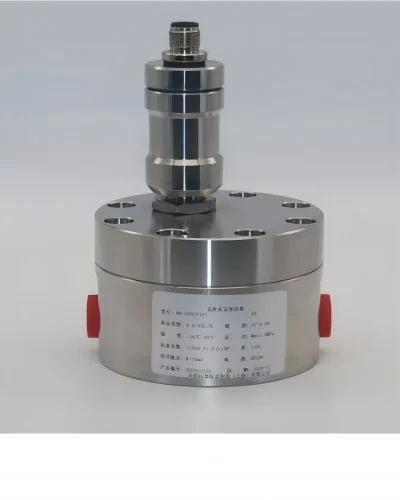
The Working Principle of the Oil Flow Meter
Oil flowmeters measure the volume flow of a fluid (such as oil) through various methods. Including counting known volumes, measuring pressure differences or detecting changes in fluid flow using sensors. Depending on the type of flowmeter.
For example, the most commonly used one is the elliptical gear flowmeter. The working principle of an elliptical gear flowmeter mainly relies on the vortex generated when the fluid flowing through the instrument passes through the gear chamber and its compression effect between the gears.
When liquid or gas enters the instrument, it is sandwiched between two oval gears (i.e., measuring gear and gauge gear) and enters the gear chamber. The rotating gear is gradually compressed to cause rotation. The sensor detects the rotation speed of the gear. and convert it to traffic value.
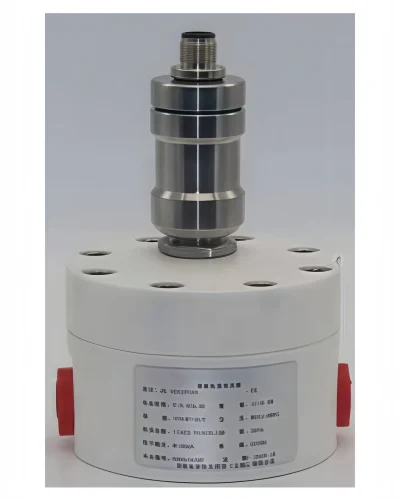
Typical Oil Flow Meter
Next, we will take a closer look at the introduction of different types of oil flow meters.
Positive displacement flow meter:
- How to work: Oval gears or other mechanisms are often used to replace known fluids to measure volume.
- Example:
Oval gear flow meter: they use two oval gears. Its close-range teeth rotate as the fluid passes through. Each rotation replaces a known volume.
Rotary piston flow meter: These use rotary pistons to measure known fluids. The number of rotations indicates the flow rate.
- Advantages: High precision, especially at low flow rates.
- Disadvantages: More complex and expensive than other types.
Turbine flow meter:
- How to work: Use a rotor with blades. These rotors rotate as the fluid flows, and the rotational speed is proportional to the flow rate.
- Advantages: Relatively simple and inexpensive, it is ideal for measuring liquids and gases.
- Disadvantages: May be affected by debris or changes in fluid density.
Read More about Turbine flow meter
Ultrasonic flow meter:
- How to work: Use ultrasound to measure the flow rate of the fluid. Provides accurate and non-invasive measurements.
- Advantages: Non-invasive and can be used with various types of fluids. And no moving parts are required.
- Disadvantages: It may be more expensive than other types and may be less accurate at low flow rates.
Read More about Ultrasonic flow meter
Differential pressure flow meter:
- How to work: These instruments measure the pressure drop of compression in the flow path to determine the flow rate.
- Advantages: Simple and relatively cheap.
- Disadvantages: Not as accurate as a positive displacement flow meter. and may be affected by changes in fluid density or viscosity.
Read more about Differential pressure flow meter
Coriolis flow meter
- How to work: These instruments measure the mass flow of fluid by detecting the Coriolis effect. This is the force that occurs when the fluid rotates.
- Advantages: High precision, can measure mass and volume flow and is versatile for a variety of fluids.
- Disadvantages: More expensive than other types.
Read more about Coriolis flow meter
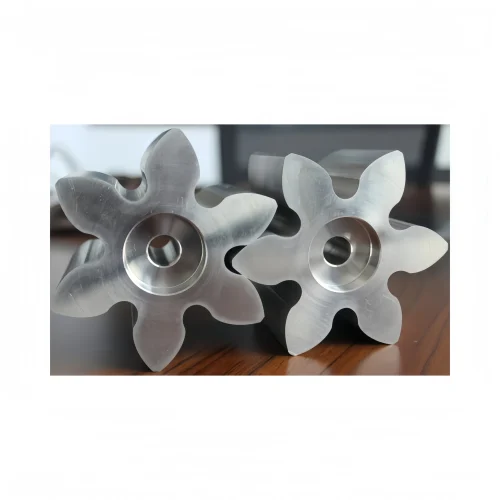
Typical Application of Oil Flow Meter
The oil flow meter is used to measure the flow rate of various types of oil. Including crude oil, fuel oil, lubricating oil and other viscous liquids. And in industries such as oil and gas, power generation and manufacturing. They are used to monitor fuel consumption, optimize processes and ensure compliance.
- Industrial: Monitor fuel consumption in machinery. Track oil flow in hydraulic systems and measure oil used in lubrication systems.
- Commercial: Ensure accurate fuel sales bills. Measure fuel consumption in transportation and monitor oil flow in various industries.
- Process Control: Optimize oil and gas production, refining and transportation processes.
- Power Generation: Measure the flow of fuel to boilers and other combustion systems. Optimize fuel consumption and burner performance.
- Marine and Aviation: For fuel management in ships and aircraft. Monitor fuel for marine diesel oil and aviation turbine fuel.
- Hydraulic Oil Flow: Monitor the flow of hydraulic oil in industrial machinery and systems.
- Chemical Processing: Measure the flow of viscous liquids in chemical processing plants.
- Food and Beverage: Measure the flow of liquids in food and beverage production facilities.
- Pharmaceutical: Measure the flow of liquids and gases in pharmaceutical production facilities.
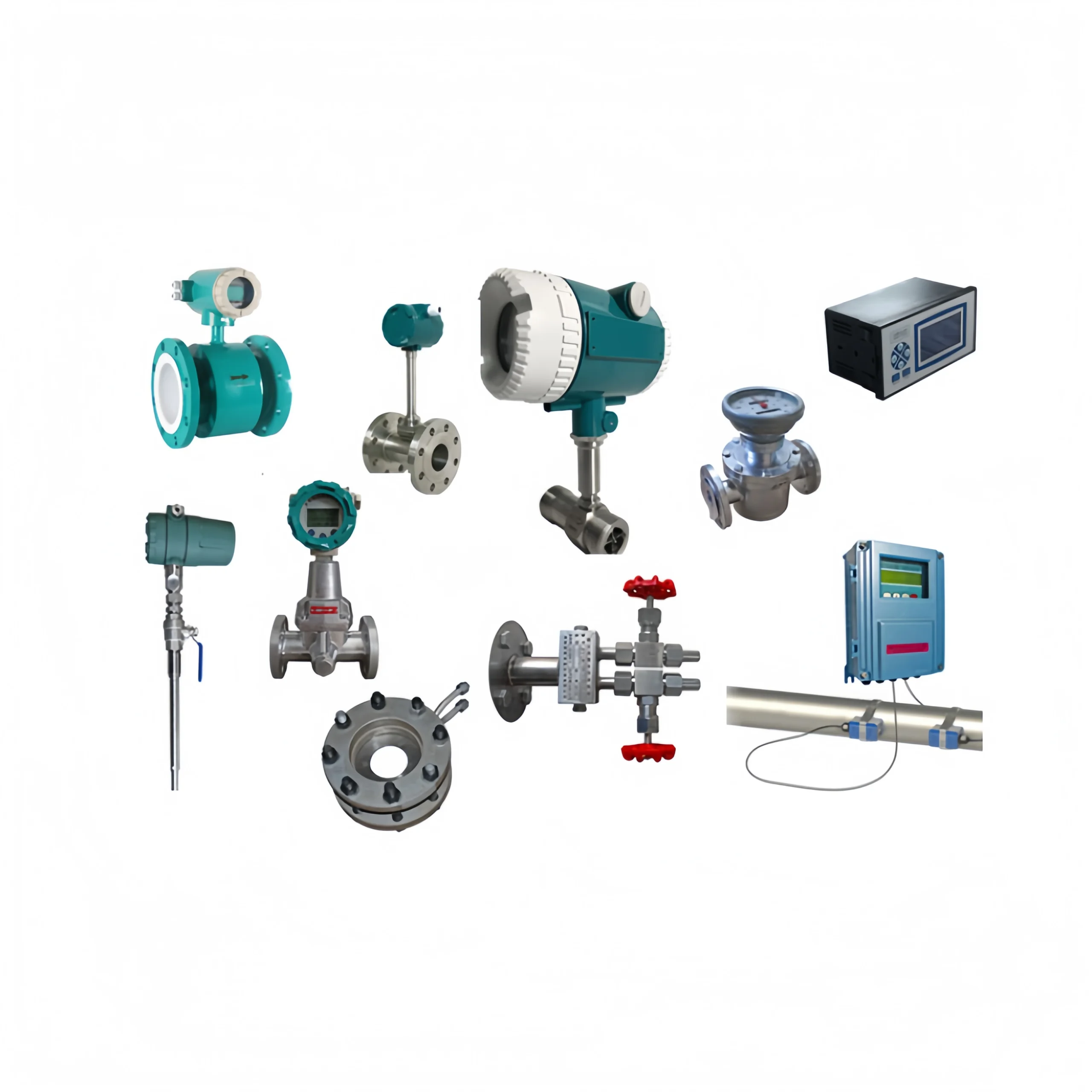
The Advantages of Oil Flow Meter
Oil flow meters offer accuracy, durability and compact design, benefiting industries that require precise flow measurement.
The following details the features and advantages of the oil flow meter:
- Accuracy: Oil flow meters are designed to provide accurate and reliable oil flow measurement. This is critical for a wide range of applications.
- Durability: Many oil flow meters are designed to withstand harsh conditions. This includes high temperatures, high pressures, and exposure to a wide range of oils.
- Compact Design: Many models are compact and easy to install. Fitting into tight spaces and simplifying integration with existing systems.
- Low Maintenance: Some flow meters, such as those with no moving parts, require minimal maintenance. This reduces downtime and operating costs.
- Versatility: Oil flow meters can measure many types of oil. This includes diesel, gasoline, petroleum, lubricating oil, and hydraulic oil. Suitable for use in a variety of industries.
- Positive Displacement Technology: Some meters use positive displacement technology. This ensures accurate measurement by directly measuring the volume of fluid flowing through the meter.
- Digital Display and Output: Many modern oil flow meters come with a digital display for easy reading. And provide a digital output for easy integration with other systems.
- High Viscosity Measurement: Some oil flow meters are specifically designed to measure the flow of high viscosity oils. Such as high viscosity oils used in heavy machinery or industrial processes.
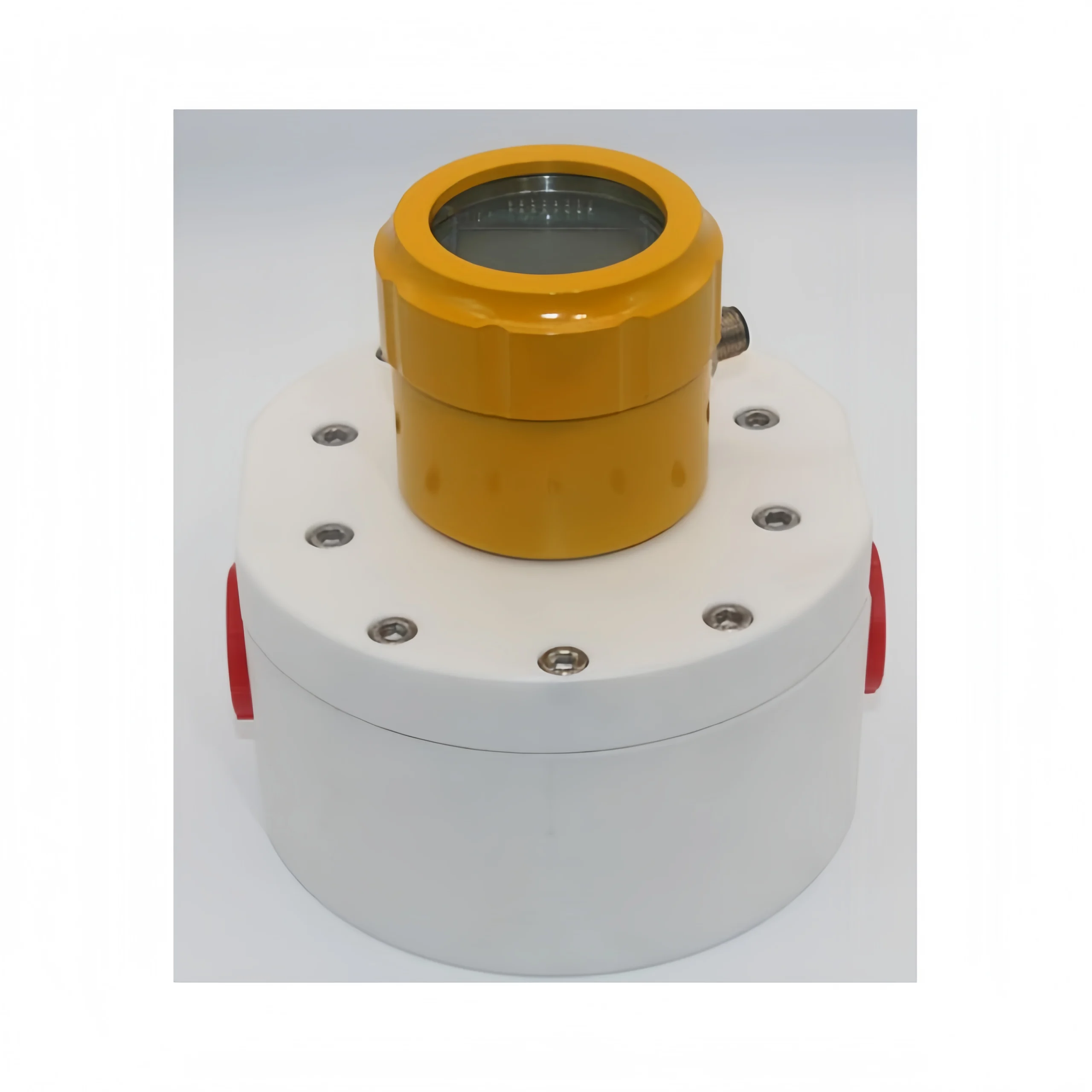
Facts to Consider When Selecting Oil Flow Meter
By considering these factors, you can choose the right flow meter for your oil and gas industry.
- Oil Type: Consider whether you are measuring crude oil, diesel, biodiesel, vegetable oil, heating oil, or something else.
- Flow Range: Choose a meter that can handle the expected flow rates in your application. Determine the minimum and maximum flow rates to measure.
- Viscosity: The viscosity of the oil can affect the performance of some flow meters. Choose a flow meter that is appropriate for the viscosity range of your oil.
- Accuracy: Choose a flow meter with the accuracy level that meets your operational requirements.
- Pressure and Temperature: Choose a flow meter that can withstand the pressure and temperature conditions in your application.
- Installation and Maintenance: Look for a flow meter that is easy to install, calibrate, and maintain.
- Accuracy: Choose a meter with high accuracy and repeatability for reliable measurements.
- Installation Requirements: Consider available space, ease of installation, and any specific installation requirements.
- Cost and Maintenance: Balance your budget with accuracy and functionality. Consider the maintenance requirements of the flow meter, including calibration and cleaning.
- Technology: Choose between turbine, ultrasonic, mass flow, and other flow meter technologies based on your application needs.
Sino-Inst is a professional oil flow meter manufacturer with extensive experience in this field. If you need a reliable flow meter solution, consider Sino-Inst for your oil flow measurement needs. Find the perfect flow meter for your application and enhance your operations today.


